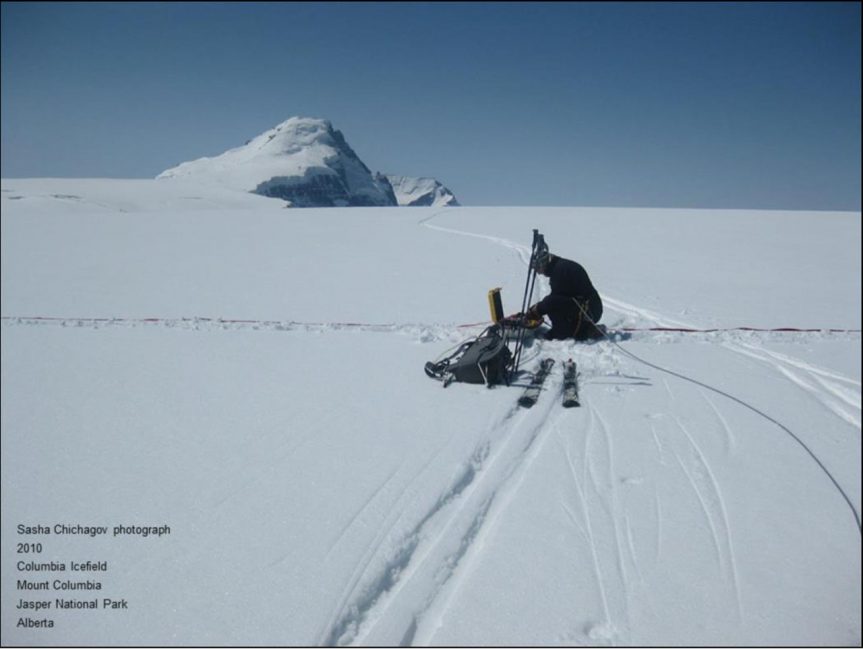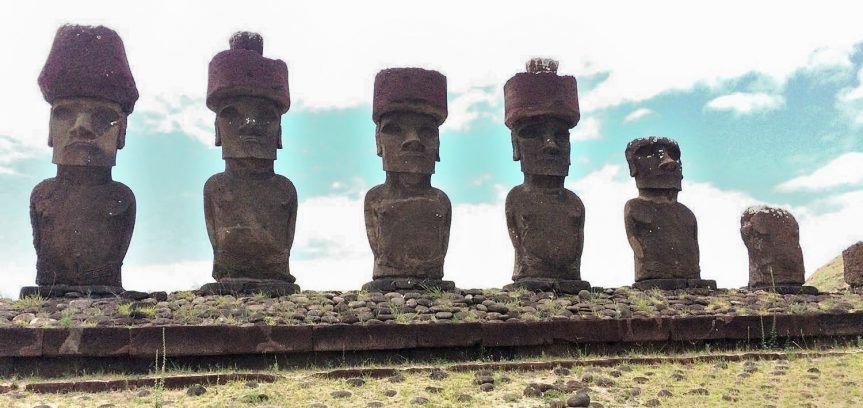Mike Demuth – “Cold Matters: Cryospheric Change and Related Hydro-ecological Functioning”
by Tom Koleszar, 26 Sep 2019.
Mike is an Emeritus Research Scientist in Glaciology and Cold Region Environments who lives part-time in Lund. Mike’s talk introduced us to Earth’s cryosphere and then focussed on mountain glaciers. More can be learned about the cryosphere here.
We learned a great deal about how to measure glaciers and track changes to their mass balance over time – not a simple task! Direct field measurements shown included stake farms, digging pits, and drilling holes through the ice – in all kinds of weather! Remote sensing through photography, Lidar, and satellite measurements is also very valuable today.
The talk then turned to focus on the results – the dramatic changes taking place today in most of the world’s alpine glaciers. Warming conditions and changes to precipitation patterns can be seen very clearly in the ice measurements – one advantage of cryosphere research is that it is easy to eliminate weather noise for climate data. The changing ice mass then has pronounced hydrology effects downstream on resource industries, agriculture, wildlife, recreation, and domestic water supplies.
In closing, Mike paid homage to some of the original 19th century workers in glaciology, and showed some more great pictures of some nice days – and not so nice days – in the field.



























